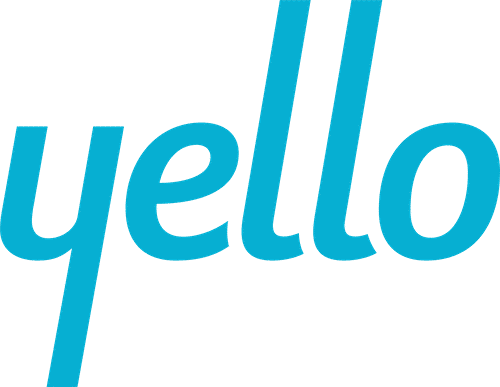Between sourcing candidates, managing talent requisitions and extending offers, creating a proactive candidate communication strategy can move to the bottom of a talent acquisition team’s priority list. However, neglecting this important piece of the overall candidate experience could result in losing top potential candidates. Avoid these five common candidate communication mistakes that repel top talent and drive them straight to your competitors.
Mistake 1: Using the careers page as a job board
Candidates visit your careers page to see if they can envision themselves working at your company. If you’ve neglected your careers page, or if it only serves the role of a job board, there is no way for potential applicants to know if they would be a cultural match. While the careers page should absolutely list open positions, it should also showcase your most compelling candidate content. This is great opportunity to highlight the company mission and values, an opportunity to join the talent community, employee testimonials and social media activity. If your company has received awards or recognition for the quality of your workspace or happiness of your employees, include this information. And if you’re especially proud of non-traditional benefits and perks like flexible work arrangements, unique career paths, parental leave policies or sabbaticals, make sure site visitors can easily learn more about these perks.
Learn how to keep the candidate experience at the forefront of the recruitment process to attract and hire top talent, by reading The Ultimate Candidate Experience Guide.
Mistake 2: Writing lifeless job descriptions
The fastest way to deter strong candidates before you even get to know them is to provide generic — or jargon-filled — job descriptions that fail to capture the essence of your organization or the possibilities that exist within your roles. The perfect job description should energize job seekers and serve as a springboard to action. Take the time to assemble something that stands out and presents your company—and the opportunity—in the best possible (and most accurate) light.
Mistake 3: Failing to immediately acknowledge applications
Sending confirmation emails to let job seekers know you’ve received their application materials is a candidate communication layup. It only takes a moment to assemble an email template, and your talent relationship management (TRM) software can be set up to send these communications automatically. Because preparing and submitting an application can be a large time investment for applicants, make sure your acknowledgment email thanks candidates for their effort. Consider sending a message such as, “Thank you for sending us your application. We appreciate the time you spent to share this information, so we’re going to review it closely and be back in touch.” These communications can be very reassuring for job seekers, and may help to cut down on follow-up emails.
For the candidates who will be advancing, keep them engaged and excited about the possibility of working with at your company by including a high-level outline of the hiring timeline. Explain when you’ll be conducting phone screens, proceeding with interviews and making your final decisions.
Mistake 4: Neglecting to offer pre-interview support
Interviewing can be a highly stressful experience for candidates. Help them overcome their interview jitters by alleviating logistical stressors, so they can present their best selves to the interview team. Provide candidates with the hiring team’s LinkedIn profiles, brief them on the top priorities for the role, and provide insight on how they can best make a good impression. Also, if you’re planning to include any tests or skills assessment as part of the interview, let candidates know how they can prepare. Finally, don’t overlook the small items a nervous candidate might not be thinking about, like your office location, parking or public transit instructions and advice on interview attire.
Mistake 5: Letting interview team members go off-script
Your efforts to curate an ideal interview process that offers transparency and support will be negated if a member of the interview team makes a careless comment or asks an irrelevant question. Nothing will deflate a candidate’s enthusiasm for your company like a bad interview experience, so invest as much effort into prepping your interview team as you do your candidates. Consider rolling out a company-wide interview training to provide a standardized interview experience. For every open role, build a hiring team that can assess every aspect of role, including technical aptitude, if the candidate aligns with the company’s mission and values, leadership skills and any other requirements specific to the position.


